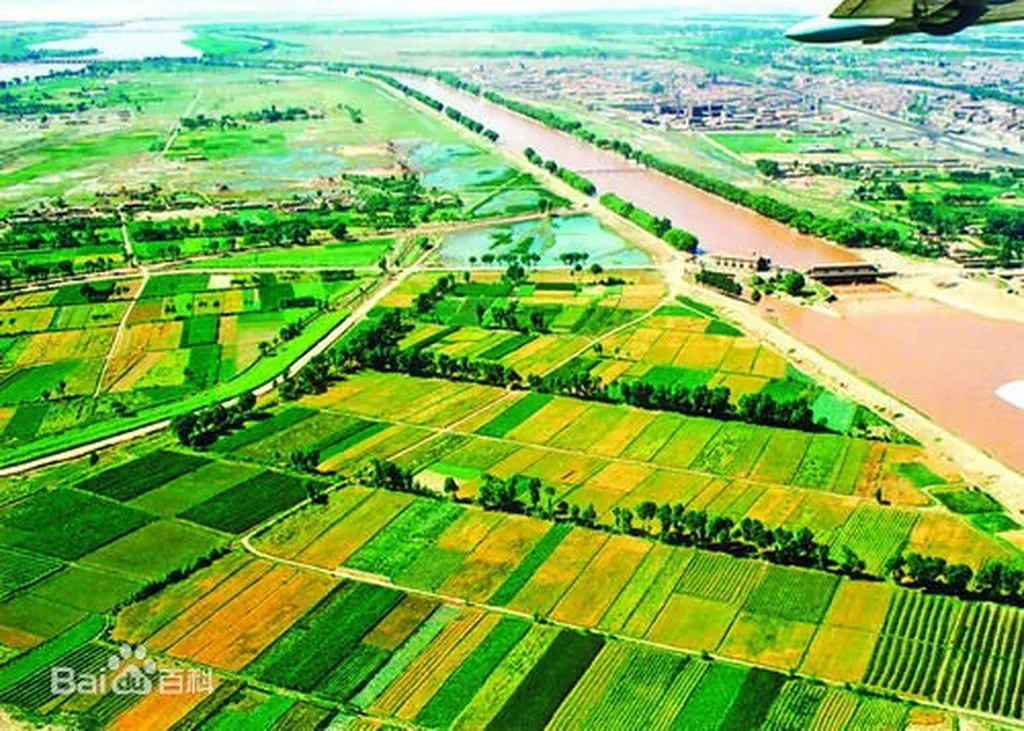In the vast, sun-scorched landscapes of northwestern China, where the Yellow River weaves its life-giving path, a team of researchers has uncovered a hidden world teeming with microscopic life that could hold the key to sustainable agriculture and energy production. Led by Xia Wu, a scientist affiliated with an undisclosed institution, this groundbreaking study, published in the open-access journal PLoS ONE (which translates to “Open Science”), has shed light on the intricate bacterial communities thriving in the soils of the Yellow River irrigation area.
The research, which utilized advanced Illumina sequencing technology to analyze bacterial diversity and community structure, revealed a complex ecosystem where bacteria play a pivotal role in maintaining agricultural systems. “The bacterial community structure and diversity varied significantly among samples from the eight regions we studied,” Wu explained. “This variability is crucial for understanding the ecological processes that underpin sustainable agriculture.”
The study found that Proteobacteria were the dominant bacteria, accounting for the largest proportion in the soil samples, followed by Actinobacteria, Bacteroidetes, and Chloroflexi. These microorganisms are not just passive inhabitants of the soil; they are active participants in nutrient cycling, soil health, and plant growth. Understanding their distribution and the factors influencing their communities is essential for optimizing agricultural practices and enhancing soil productivity.
One of the most striking findings was the significant variation in soil physicochemical properties across the eight regions. Soil pH, total nitrogen, total phosphorus, and total potassium contents differed markedly, yet their trends were essentially similar. “Soil moisture, organic matter, and total nitrogen were recognized as the primary factors influencing the bacterial community in the Yellow River irrigation area,” Wu noted. This insight could revolutionize soil management practices, leading to more efficient use of resources and improved crop yields.
The implications for the energy sector are equally profound. Healthy, diverse soil ecosystems are crucial for the production of biofuels and other renewable energy sources. By understanding and harnessing the power of these microbial communities, we can develop more sustainable and efficient energy production systems. “Our results revealed the laws of variation in soil bacterial diversity and community composition in the Yellow River irrigation area,” Wu said. “Our findings could be beneficial for maintaining sustainable ecological practices in the Yellow River irrigation area and beyond.”
This research not only advances our scientific understanding of soil ecosystems but also paves the way for innovative agricultural and energy practices. As we face the challenges of climate change and resource depletion, the insights gained from this study could be instrumental in shaping a more sustainable future. The work of Xia Wu and their team serves as a reminder that even in the smallest of creatures, there lies the potential for great change.

